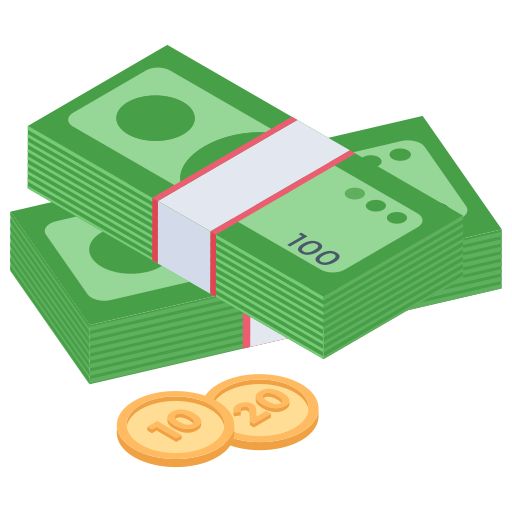- Thread Author
- #1
As we know, many forex traders lose money due to their failure to predict currency movements, which are heavily influenced by various factors, one of which is commodity currencies. So, in general, a commodity currency is a country's currency whose price fluctuations are heavily influenced by its export commodities (market prices are not controlled by the central bank).
Therefore, in the forex market, the value of a country's exports can directly influence the exchange rate of its fiat currency. Therefore, forex traders need to be cautious when using currencies influenced by commodity currencies, either as a base currency or as a quote currency. In other words, a commodity currency is a group of currencies whose value is influenced by the price of that country's export commodities. For example:
The Australian Dollar (AUD) is influenced by iron ore, coal, and gold.
The Canadian Dollar (CAD) is influenced by petroleum.
The Canadian Dollar (COP) is influenced by oil and coffee.
The Non-Cash Currency (NCD) is influenced by milk.
The Russian Ruble (RUB) is influenced by oil, gas, and natural gas.
The South African Rand (ZAR) is influenced by gold, platinum, and diamonds.
Etc.
Therefore, in the forex market, the value of a country's exports can directly influence the exchange rate of its fiat currency. Therefore, forex traders need to be cautious when using currencies influenced by commodity currencies, either as a base currency or as a quote currency. In other words, a commodity currency is a group of currencies whose value is influenced by the price of that country's export commodities. For example:
The Australian Dollar (AUD) is influenced by iron ore, coal, and gold.
The Canadian Dollar (CAD) is influenced by petroleum.
The Canadian Dollar (COP) is influenced by oil and coffee.
The Non-Cash Currency (NCD) is influenced by milk.
The Russian Ruble (RUB) is influenced by oil, gas, and natural gas.
The South African Rand (ZAR) is influenced by gold, platinum, and diamonds.
Etc.



